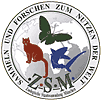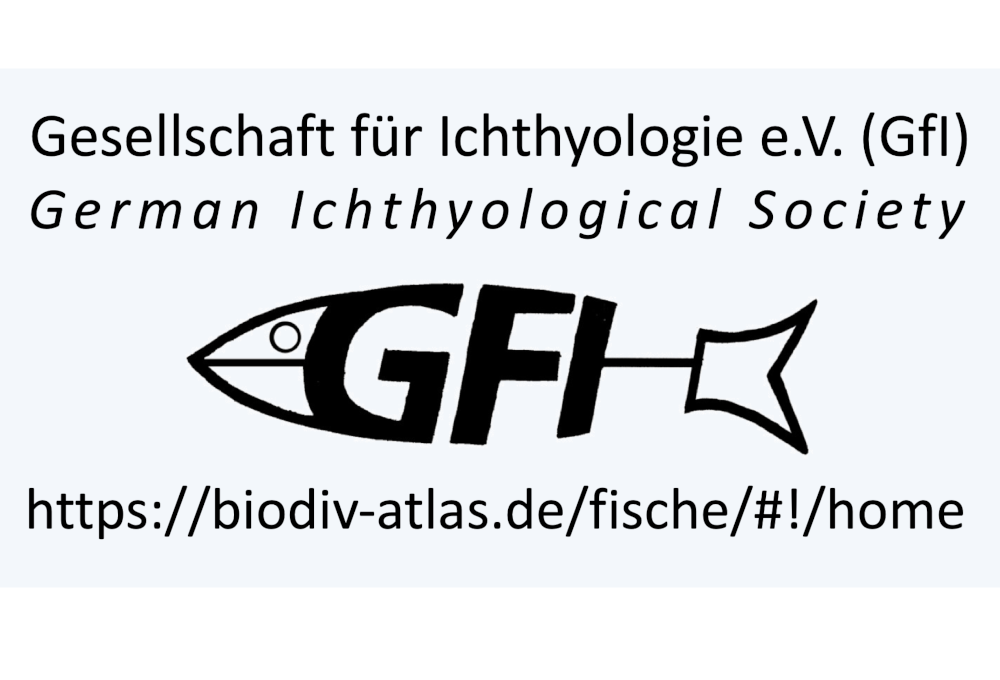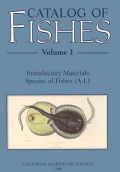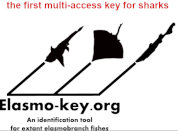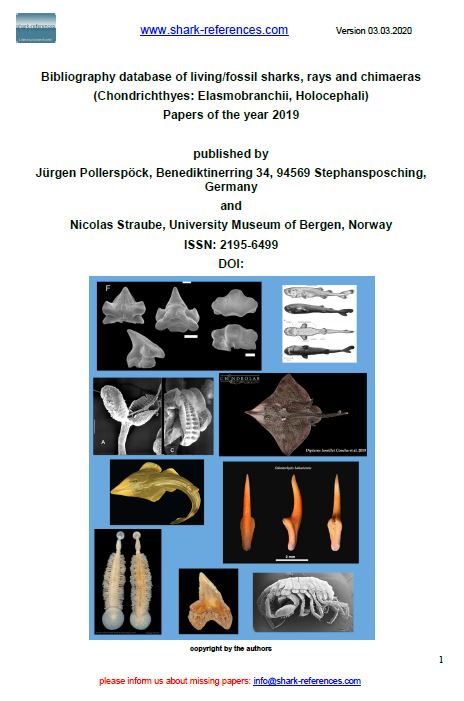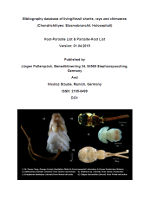
Les Sélaciens des terrains néocrétacés et paléocènes de Belgique et des contrées limitrophes. Eléments d'une biostratigraphie intercontinentale. Mémoires pour servir à l'explication des Cartes géologiques et minières de la Belgique, 15, 1–401
A guide to fossil sharks, skates, and rays from the Chesapeake and Delaware Canal area, Delaware. Open File Report, 21, 6–95
A new Severn Formation (Early Middle Maastrichtian, Late Cretaceous) locality in Prince Georges County, Maryland. The Mosasaur, 3, 87–96

Fossil Sharks of the Chesapeake Bay Region. Egan Rees and Boyer, Inc. Columbia. 146 pp.

The selachian fauna from Geschiebe of the Lower Selandian basal conglomerate (Thanetian, Late Paleocene) in the Danish subbasin (Sealand, Scania, Western Baltic Sea). Erratica, 2, 3–45

Oxygen and carbon stable isotope records of marine vertebrates from the type Maastrichtian, The Netherlands and northeast Belgium (Late Cretaceous). Palaeogeography, Palaeoclimatology, Palaeoecology, 392, 71–78
DOI: 10.1016/j.palaeo.2013.08.020

Climate cooling and clade competition likely drove the decline of lamniform sharks. Proceedings of the National Academy of Sciences of the United States of America, 116(41), 20584–20590
DOI: 10.1073/pnas.1902693116
